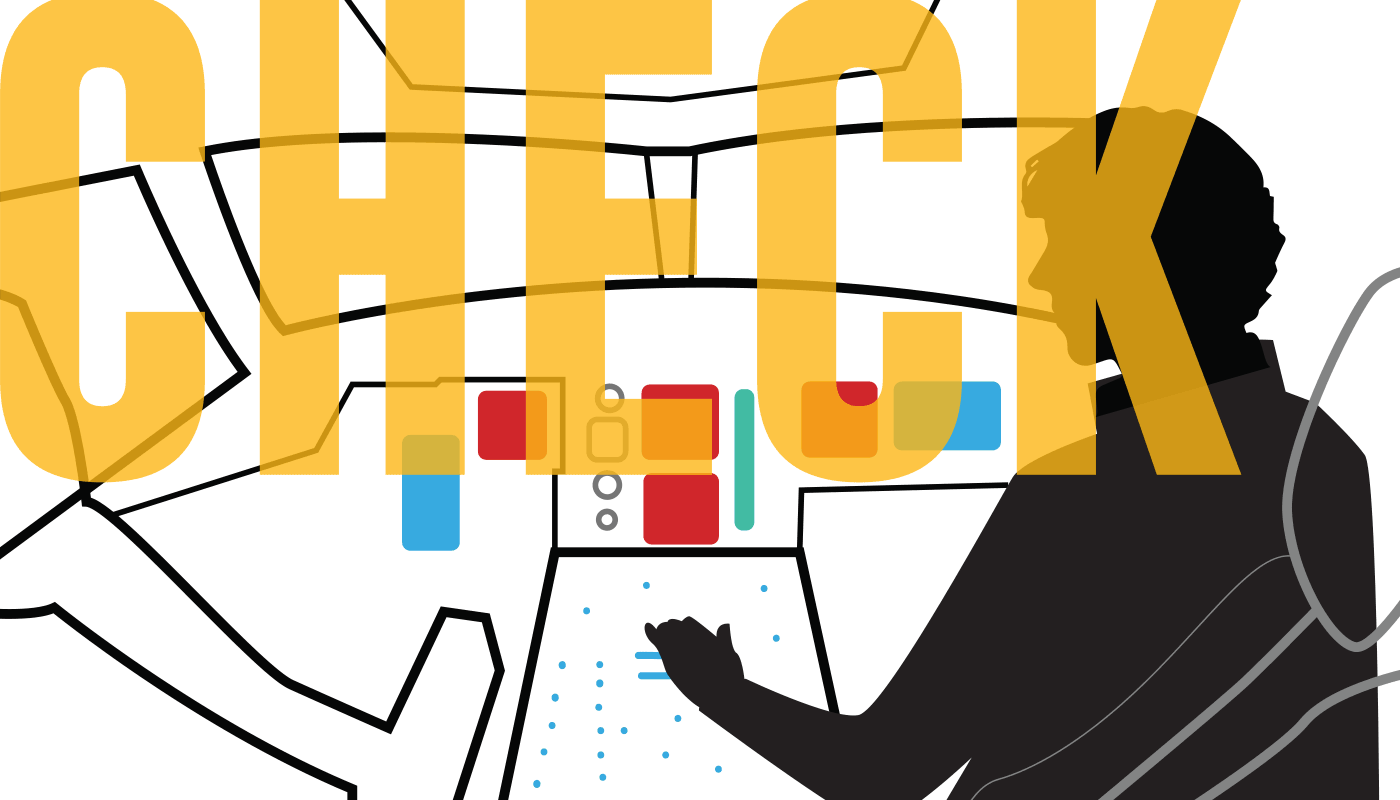The Art of the Checklist
“No wise pilot, no matter how great his talent and experience, fails to use his checklist.”
When it comes to solving problems or making difficult decisions, do not underestimate the power of a simple checklist.
The chances of you dying in an aeroplane crash are extremely rare.
If you live in the US, you are more likely to die strangling yourself in your bedsheets.
This is because modern aircraft, when properly serviced, are incredibly reliable.
According to Boeing, pilot errors cause around 80% of accidents. Interestingly, it was the reverse in the early days of aviation, when 80% of accidents were due to mechanical failure.
To help mitigate mistakes made by pilots, Cockpit Resource Management was introduced in 1979 by NASA psychologist John Lauber as part of a study to increase overall flight safety.
A big part of this was to introduce simple pre-flight checklists.
The TED speaking surgeon Atul Gawande wrote a great book about the role of checklists in massively improving aviation safety and how he adapted this approach to reduce the incidences of surgical errors.
The Checklist Manifesto makes the case that experts (anyone experienced at their job regardless of their field) often overlook the obvious or trivial.
Unfortunately, these 'small' errors in aviation and surgery can lead to the loss of human life.
Checklists can also be a handy tool for solving problems in your own life. They can help you better understand the problem and its potential solutions.
One tip is to make yourself a checklist of impartial questions to ask yourself to examine your own thinking and biases. Here are some suggestions to get you started:
Have I looked at both sides to this story in equal measure?
Have any existing prejudices impacted my decision making?
Am I approaching this problem in the same way as other ‘similar’ problems in the past?
Have I done sufficient research to see if someone has solved this problem previously?
How would ‘X’ go about making this decision?
To learn more about the art of problem-solving check out our course on the topic which is packed full of useful techniques and approaches like the one above.






